WILDLIFE HABITAT MANAGEMENT ON STATE FOREST AND WILDLIFE LANDS
WILDLIFE REHABILITATION REPORT FORM PART I APPOINTEE1 LIVING WITH WILDLIFE FEEDING WILDLIFE IN YOUR BACKYARD
15A NCAC 10C 0215 REPLACEMENT COSTS OF WILDLIFE RESOURCES
1D1 OPEN SPACE AGRICULTURAL VALUATION WILDLIFE MANAGEMENT ANNUAL REPORT
1D1 OPEN SPACE AGRICULTURAL VALUATION WILDLIFE MANAGEMENT PLAN FOR
21ST ANNUAL PHILIPPINE BIODIVERSITY SYMPOSIUM OF THE WILDLIFE CONSERVATION
Wildlife Habitat Management on State Forest
Wildlife Habitat Management on State Forest and Wildlife Lands
State Forests are managed within a sustainable forestry framework under an approved management plan. Sustainability includes managing the quality, quantity and distribution of wildlife habitats, which contributes to the conservation of biological diversity. Habitat diversity ensures the conservation of forest associated plants and animals, including aquatic flora and fauna, and unique communities and ecosystems. Approximately 330 wildlife species (bird, mammal, reptiles and amphibians) are found in the Upper and northern Lower Peninsulas. Featured species represent specific animal species selected due to their association with specific habitat conditions.
Each year plans are developed and management activities conducted that create, maintain, restore and enhance forest productivity and wildlife habitat. Listed below are forest habitat and estimates of the number of species associated with each forest habitat type.
Aspen, Paper Birch
Approximately 80 wildlife species use aspen and paper birch upland deciduous forests including chestnut-sided warble, gray wolf, bobcat and featured species American woodcock, northern goshawk, snowshoe hare, ruffed grouse, beaver, black bear, moose and white-tailed deer.
Swamp Hardwoods, Lowland Poplar
About 75 species utilize the lowland poplar and swamp hardwood cover types. Typical species include great blue heron, downy woodpecker, Acadian flycatcher, eastern newt, yellow warbler and featured species including black bear, white-tailed deer and red-shouldered hawk.
Northern White Cedar
About 52 wildlife species use the northern white cedar forest type. Cedar is especially important as shelter for wildlife species over-wintering in Michigan. Species using cedar types include ruby-crowned kinglet, gray jay, northern flying squirrel, red-backed vole, coyote, gray wolf, white-tailed deer and bobcat.
Mixed Swamp Conifers, Black Spruce, Tamarack
About 90 wildlife species are associated with the lowland conifer forest cover types. Common species include; spruce grouse, yellow-bellied flycatcher, gray jay and golden-crowned kinglet. featured species include gray jay, white-tailed deer, bobcat and American marten.
Spruce and Fir
Approximately 80 wildlife species inhabit the upland spruce and fir cover type. Golden-crowned kinglet, northern parula, magnolia warbler, blackburnian warbler, red crossbill, hoary bat, northern flying squirrel, pine siskin, and featured species including snowshoe hare, wolf, white-tailed deer and moose.
Grass, Upland Brush
Grass openings and upland brush sites are created or maintained by controlling tree growth. When woody vegetation encroaches, timber sales are used to set back forest development maintain open conditions. About 100 wildlife species use grass openings and upland brush sites including sandhill crane, fox snake, sharp-tailed grouse, rufous-sided towhee, red and gray fox and Featured Species Canada goose, mallard, wild turkey, American woodcock, gray wolf, black bear, upland sandpiper and white-tailed deer.
Hemlock
Approximately 70 wildlife species use the hemlock cover type. Hemlock is especially important during winter overwintering wildlife, especially white-tailed deer. Hemlock is favored by the red squirrel, gray wolf, bobcat, northern red-bellied snake, fisher and Feature Species, black bear, blackburian warbler, American marten, moose and northern goshawk.
Jack Pine
At least 66 wildlife species use jack pine forests including bobcat, common porcupine, common raccoon, red fox, red squirrel, black-backed woodpecker and featured species American marten, black bear, northern goshawk, Kirtland’s warbler, red crossbill, snowshoe hare and spruce grouse
Northern Hardwoods
Approximately 114 wildlife species are associated with northern hardwood types. Eastern wood peewee, least flycatcher, pileated woodpecker, scarlet tanager, southern flying squirrel, coyote, ovenbird, red-eyed vireo, red fox, black bear, red-back salamander, wolves and white-tailed deer.
Mixed Northern Hardwoods
More wildlife species use mixed conifer-hardwood stands than stands composed of pure hardwood or conifer. Consequently, at least 120 wildlife species use mixed hardwood forests include bobcat, cedar waxwing, coyote, and red fox and featured species including black bear, moose, northern goshawk, pileated woodpecker, red-headed woodpecker, red-shouldered hawk, white-tailed deer and wood thrush.
Oak
Key objectives include regenerating oak species and stimulating mast production for food. About 96 wildlife species use oak dominated hardwood forests including, eastern gray squirrel, blue jay, northern flicker, red fox, woodchuck and featured species American woodcock, black bear, northern goshawk, ruffed grouse, wild turkey and white-tailed deer.
Red Pine
Approximately 54 wildlife species use natural red pine forests. Characteristic species include bobcat, coyote, ermine, pine warbler, red fox and featured species black bear, blackburnian warbler, northern goshawk, red crossbill and snowshoe hare.
White Pine
At least 57 wildlife species use white pine forests including bald eagle, bobcat, coyote, gray wolf, red fox, pine warbler and featured species including black bear, blackburnian warbler, northern goshawk, red crossbill, snowshoe hare and white-tailed deer.
Wildlife and Fish Habitat Management along Waterways
Dam Removal or Modification
This project type will typically result in complete removal of an existing dam and support structures.
Benefits will include restoration of or improvements to a free-flowing condition that will normalize water temperature, dissolved oxygen, and sediment transport, and restore aquatic habitat connectivity and fish and aquatic organism passage within the system.
I
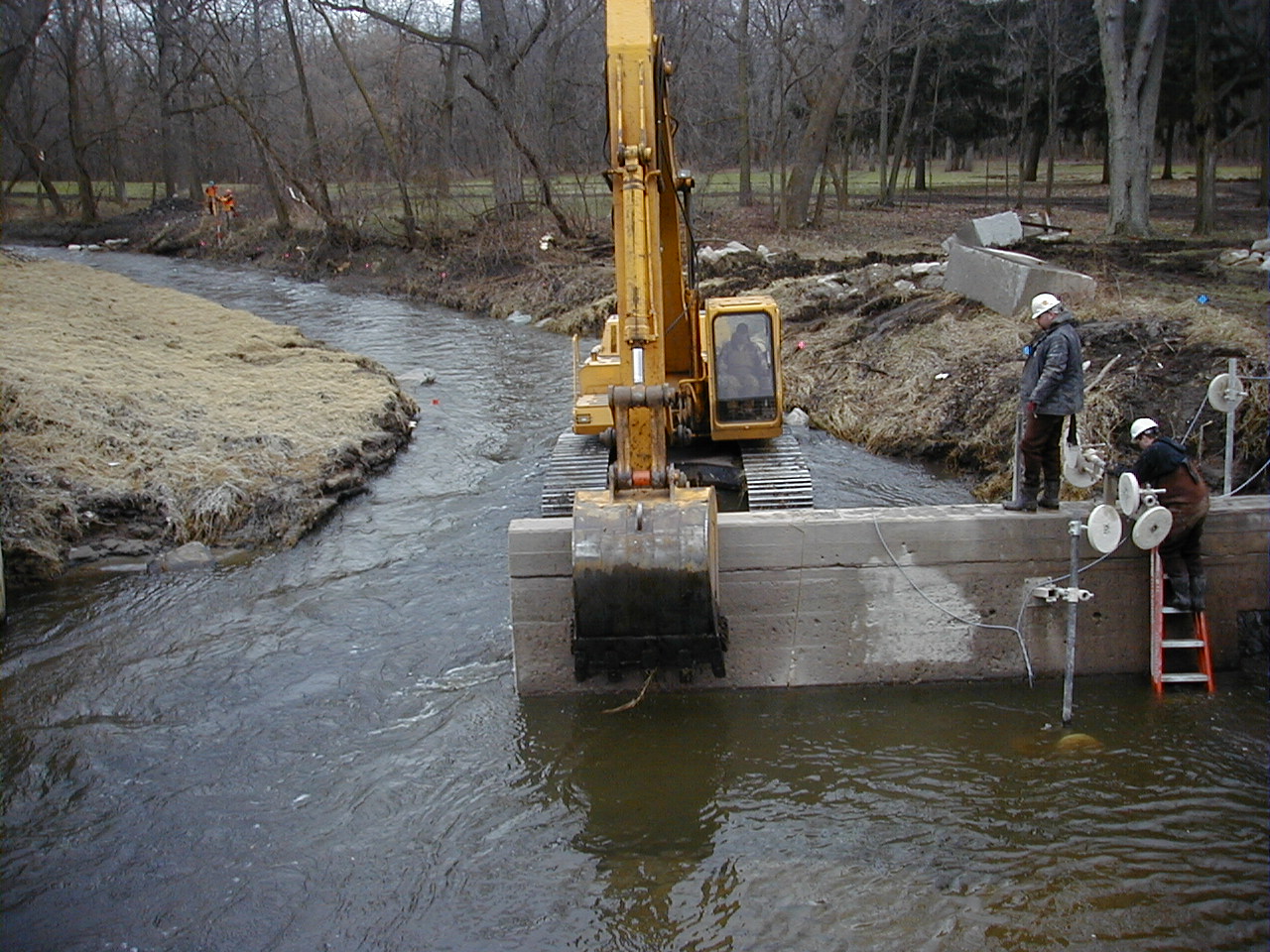
f
complete dam removal is not possible, dam modification, such as
installation of a rock ramp, will improve free-flowing conditions
within the river system.
Bridge or Culvert Replacement
This project type will involve replacement of failed, damaged, or under-sized bridges or culverts.
Project benefits will include improved or restored system connectivity, which enhances fish and aquatic organism passage, sediment and organic material transport, and reduced erosion near the structure.
P

roperly
sized bridges and culverts also enhance public safety, have a longer
life expectancy, and require less maintenance over time.
Bank Stabilization
This project type can include both hardened structures (rock) and softer vegetation or other materials engineered to rehabilitate lakeshore or streambanks.
Project benefits will include reduced erosion and sediment input into the adjacent waterbody and improved riparian zone habitat and function. This fosters the development of aquatic biological communities by protecting spawning and rearing habitats of fishes and aquatic organism.



Habitat Rehabilitation (lake or stream)
This project type includes rehabilitation or enhancement of aquatic habitats in lakes or streams using hard or soft material.
Projects include re-establishment of riparian vegetation, bank stabilization, in-stream or near-shore spawning habitat, lunker structures, and installation of large woody structure.
Project benefits include increased natural reproduction and survival of fish and aquatic organisms.
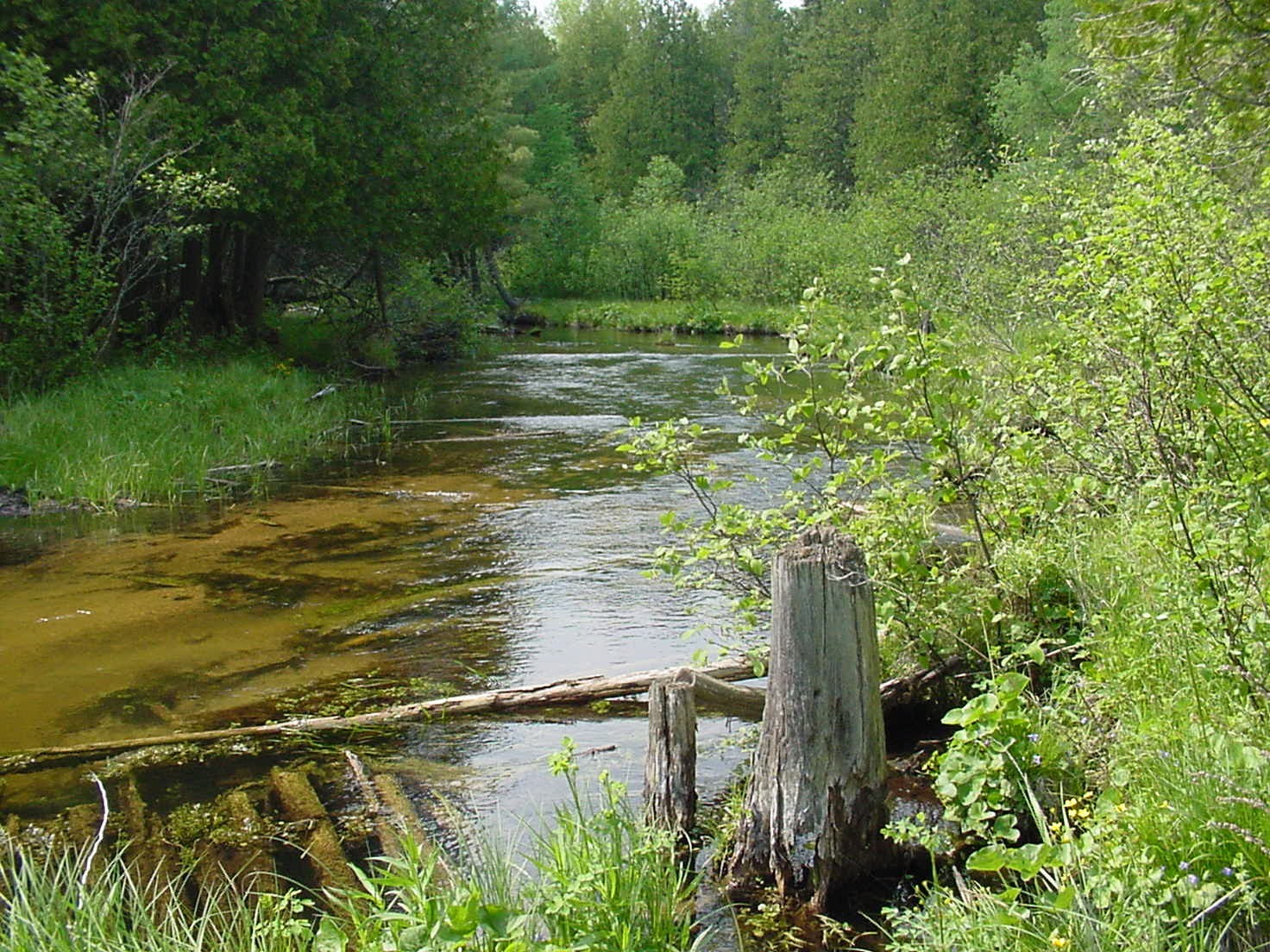
Sand Trap Maintenance
This project type involves the mechanical removal of sand and other sediments from streams that carry a higher-than-normal sand bed load.
The primary benefit is an increased availability of gravel and cobble streambeds to provide spawning and rearing habitat for fishes. Further, the increased availability of gravel and cobble fosters the development of aquatic macroinvertebrate communities, which serve as food sources for fishes.

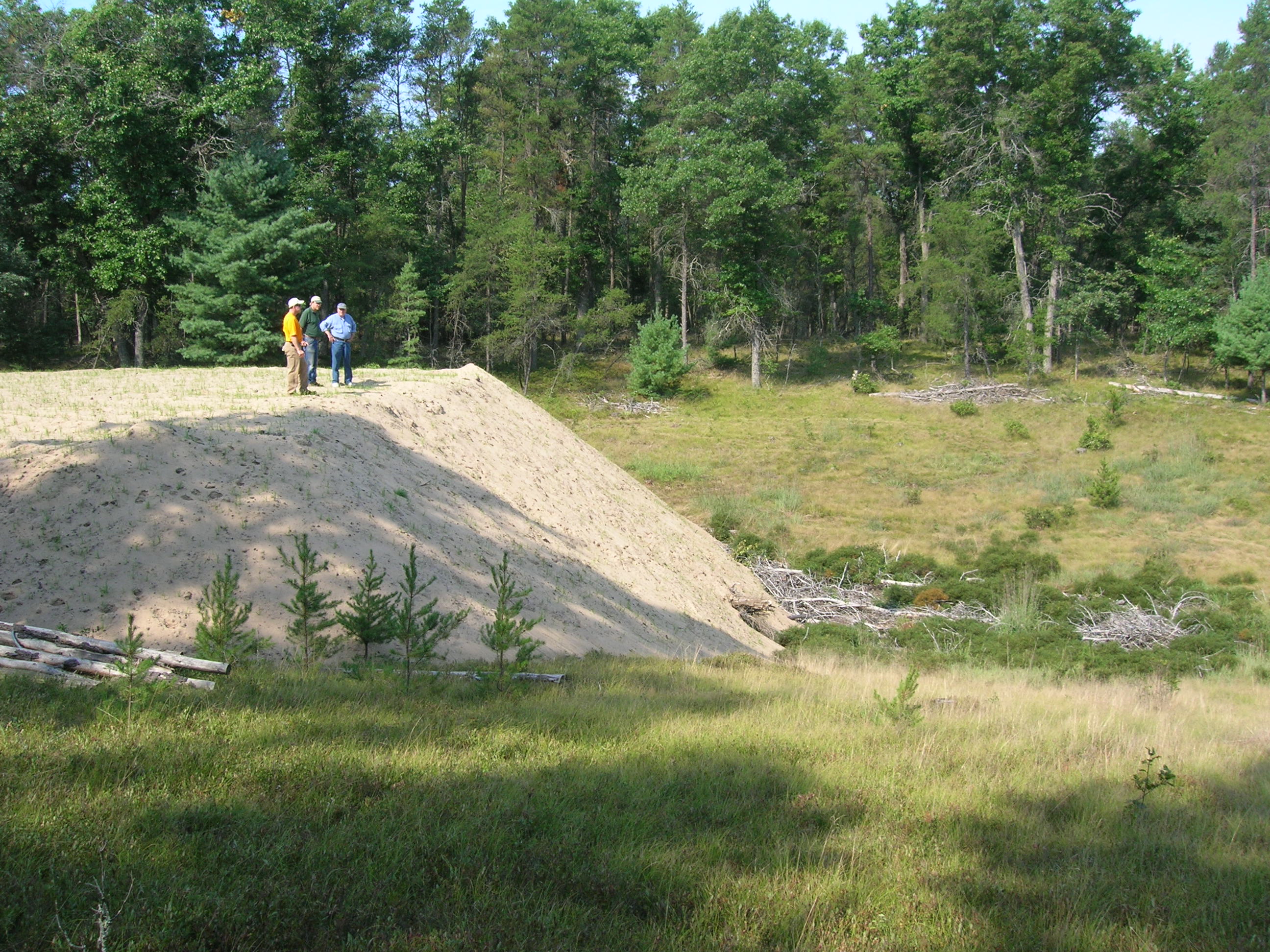
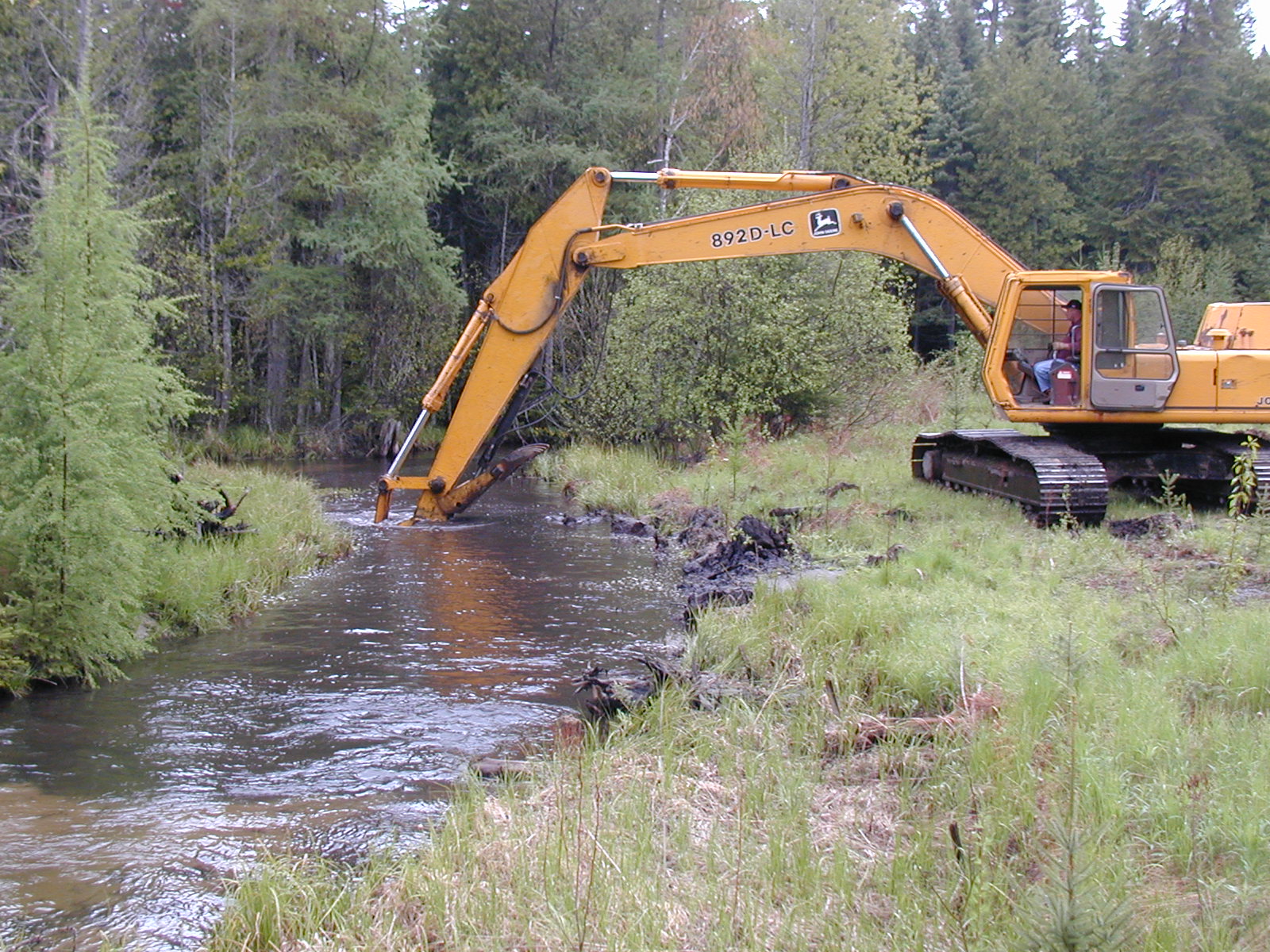
FRD
http://www.michigan.gov/dnr/0,1607,7-153-30301_30505_31025-66516--,00.html
WLD
http://www.michigandnr.com/publications/pdfs/huntingwildlifehabitat/offices_wmu_map.pdf
FSH
http://www.michigan.gov/documents/dnr/fmd_MU_internal_378278_7.html
8 TANZANIA WILDLIFE DISCUSSION PAPER NO 33 DR RD
9A WILDLIFE ACT AUTHORITY VARIATION APPLICATION FORM 9A THIS
9EF WILDLIFE ACT AUTHORITY RENEW AUTHORITY TO HOLD WILDLIFE
Tags: wildlife habitat, deer. wildlife, wildlife, state, management, habitat, lands, forest
- UNIDAD DIDÁCTICA “TU BARRIO MIL ROSTROS DIFERENTES” REDPAZ (RED
- CANINE HOUSESOILING WHY IS MY DOG SOILING THE
- COMANDO DE ADIESTRAMIENTO Y ALISTAMIENTO DEL EJERCITO DEPARTAMENTO ADMINISTRATIVO
- LAYANAN BERBASIS WEB “ESERVICE” UNIVERSITAS NEGERI YOGYAKARTA DEFINISI
- ARBEIDSREGLEMENT HOOFDSTUK I – ALGEMENE INLICHTINGEN ARTIKEL 1
- HOMEWORK 2 DUE SEP 23 2010 1) SHOW THAT
- APPENDIX II RECEPTION TRAINING PLAN DESCRIPTION OF TRAINING DATE
- CLOSE TO NATURE FORESTRY AND HARVESTING OPERATIONS HANNS H
- CONDITIONS FOR SCAFFOLDING HOARDINGS CHERRY PICKER
- GINÉS CIUDADREAL Y MARIBEL MARTÍNEZ PSICOMOTRICIDAD ACTIVIDADES PARA MEJORAR
- PAGE 22 UNIVERSITY GRANTS COMMISSION APPLICATION FOR APPROVAL OF
- ORIENTACIONES GENERALES PARA EL DESARROLLO COGNITIVO OBJETIVOS
- DOCUMENT TYPE DEPARTMENT OF ENVIRONMENTAL AFFAIRS INFORMATION FORM TITLE
- INFORMACIJA DĖL LR SUSIRINKIMŲ ĮSTATYMO PAKEITIMO LIETUVOS RESPUBLIKOS SEIMAS
- Automatización Industrial Unsl Práctico n°6 Automatizacion Industrial Práctica
- UNIT TITLE 241 CREATE DECORATIVE EFFECTS ON HANDCRAFTED FURNITURE
- ODŮVODNĚNÍ ZMĚNY ČÍSLO ZMĚNY Z 1094 06 MĚSTSKÁ
- ORGANIZATIONAL IDENTITY AND HIERARCHICAL DIFFERENCES 38 ORGANIZATIONAL
- INSTALLATION INSTRUCTIONS FOR OUTDOOR APPLICATION OF PAKARI TMD GETTING
- LINKS TO SITES MENTIONED (AND RELATED) IN WRITING FOR
- QS3KOVIUDITOGH1S2015SEMINARI DETALJNI IZVEDBENI PLAN KOLEGIJA 1 OPĆE INFORMACIJE 1
- CAPITOLO 3 LA REALIZZAZIONE SINTATTICA DELLA STRUTTURA ARGOMENTALE IN
- P ÁNGEL PEÑA OAR TESTIMONIOS DE ALGUNOS SANTOS SOBRE
- 參考陳正宗特聘講座教授著作的書籍、期刊與會議論文(2021) 海洋大學河海工程系 陳正宗特聘講座教授 1 M H ALIABADI AND C
- SCT16 PAGE II OMPI F SCT187 ORIGINAL ANGLAIS
- MODELOS DE CALIDAD EL DEPARTAMENTO DE PROMOCIÓN ECONÓMICA
- ESTATUTOS POR LOS QUE SE REGIRÁ LA SOCIEDAD COOPERATIVA
- EVERYONE EVERYDAY – A CURRICULUM RESOURCE ABOUT DISABILITY DISCUSSION
- 0 (R C DEL S 296) RESOLUCIÓN CONJUNTA NÚM
- SÅ LENGE BLIR DU SYKEMELDT I SVERIGE INFLUENSA 1
 PI NAME CENTER FOR GASTROINTESTINAL BIOLOGY AND DISEASE PILOTFEASIBILITY
PI NAME CENTER FOR GASTROINTESTINAL BIOLOGY AND DISEASE PILOTFEASIBILITYMODELO 1 TÉRMINOS Y CONDICIONES DEL ACUERDO ENTRE
 B IALYSTOK UNIVERSITY OF TECHNOLOGY ACADEMIC YEAR 20192020 APPLICATION
B IALYSTOK UNIVERSITY OF TECHNOLOGY ACADEMIC YEAR 20192020 APPLICATION INTERNATIONAL WORKSHOP ON LEVEL 2 PSA AND SEVERE ACCIDENT
INTERNATIONAL WORKSHOP ON LEVEL 2 PSA AND SEVERE ACCIDENTPRITARTA ALYTAUS MIESTO SAVIVALDYBĖS TARYBOS 2015 M VASARIO 26
LONDON ASSEMBLY STADIUMLED REGENERATION REGENERATION COMMITTEE SUBMISSION OF THE
TÍTULO “INTEGRACIÓN DE PERSONAS CON AUTISMO” PONENTE LIC ALBERTO
 POWERPLUSWATERMARKOBJECT128373599 COMMON CORE STATE STANDARDS FOR ENGLISH LANGUAGE ARTS
POWERPLUSWATERMARKOBJECT128373599 COMMON CORE STATE STANDARDS FOR ENGLISH LANGUAGE ARTS THE RELEVANCE OF INDIGENOUS CUSTOMARY EDUCATION PRINCIPLES IN THE
THE RELEVANCE OF INDIGENOUS CUSTOMARY EDUCATION PRINCIPLES IN THE SENATE NO 1184 STATE OF NEW JERSEY 216TH LEGISLATURE
SENATE NO 1184 STATE OF NEW JERSEY 216TH LEGISLATURE PATIENT INFORMATION NAME MR FINANCE DOB MD RADY CHILDREN’S
PATIENT INFORMATION NAME MR FINANCE DOB MD RADY CHILDREN’SHÄMEENLINNAN SEUDUN KIELTENOPETTAJAT RY UUDEN HALLITUKSEN JÄRJESTÄYTYMISKOKOUS 10012012 KLO
 SPIRIT 20 LESSON SOLAR COOKER CHALLENGE LESSON HEADER
SPIRIT 20 LESSON SOLAR COOKER CHALLENGE LESSON HEADER 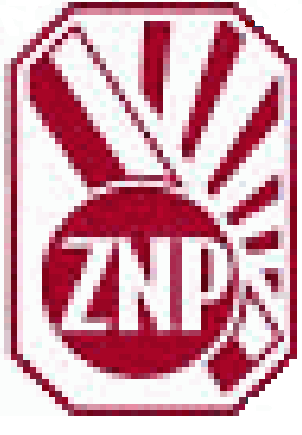 ZAPROSZENIE NA II RODZINNY RAJD ROWEROWY ZNP I OGNISKO
ZAPROSZENIE NA II RODZINNY RAJD ROWEROWY ZNP I OGNISKOINFORMACE BOJ PROTI DAŇOVÝM ÚNIKŮM V OBLASTI DPH
FUDBALSKI KLUB IZ NA OSNUVU ČL 24 PRAVILNIKA
TOELICHTING EN INSTRUCTIE OP DE QUICK SCAN IN ADAS3
NAME HOUR CHEMICAL BONDING WEBQUEST IONIC BONDS GO TO
CHAPTER 11 MEDITERRANEAN SOCIETY THE ROMAN PHASE CHAPTER
 FORMULÁRIO – SUBSTITUIÇÃO DE ALUNO E CANCELAMENTO DE PROJETO
FORMULÁRIO – SUBSTITUIÇÃO DE ALUNO E CANCELAMENTO DE PROJETO